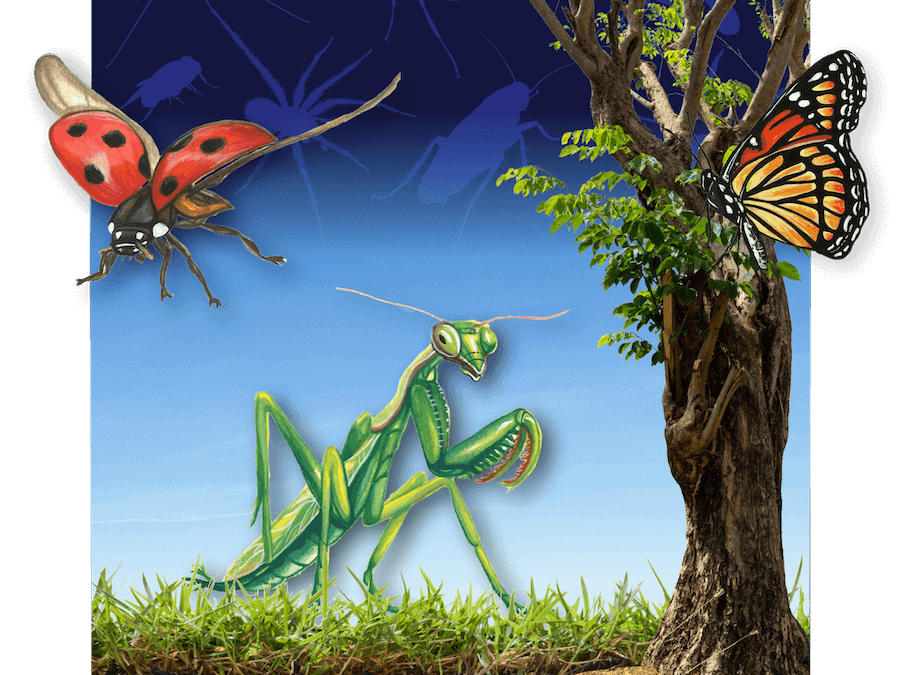 CAES News
CAES News
What makes an insect an insect and a bug a bug?
While bees and butterflies often feel the public’s love, less conventionally attractive creepy-crawlies like cicadas and Joro spiders are left out in the cold—or, worse, squished. “I think insect conservation is one of the most overlooked areas of conservation biology,” says William Snyder, a professor of entomology in UGA’s College of Agricultural and Environmental Sciences. “They’re not huggable; not many species of insects are charismatic. But insects support so many ecosystems.” Why should you care? Well, for starters, bugs are everywhere. Insects alone make up more than half of all the animals on Earth.


